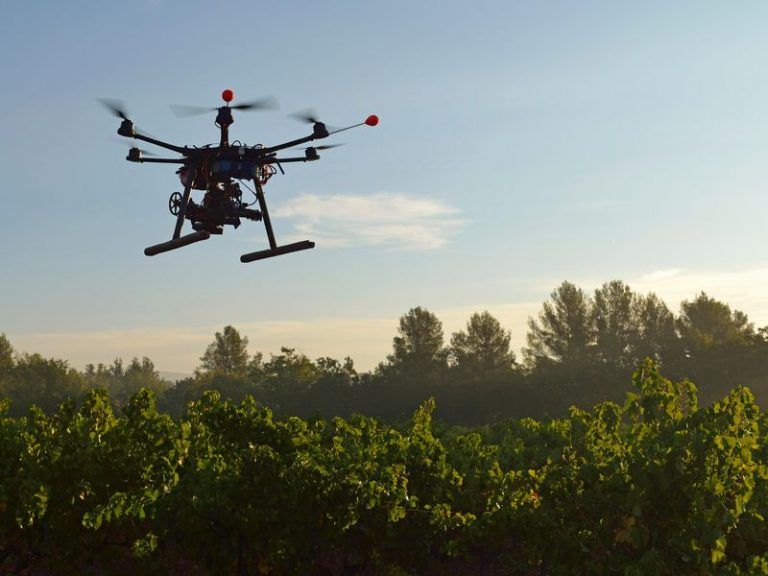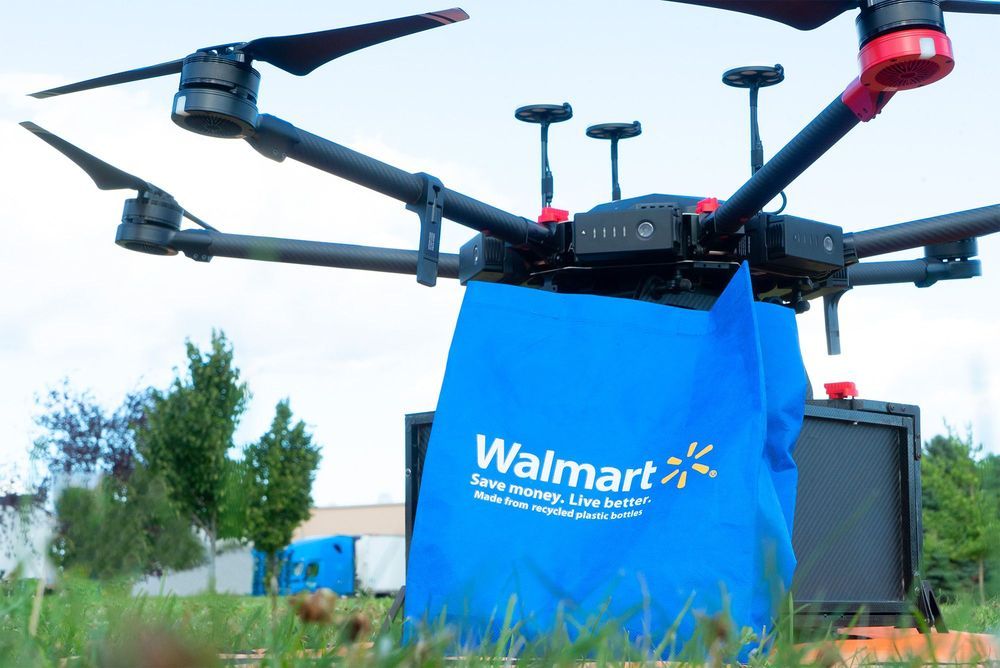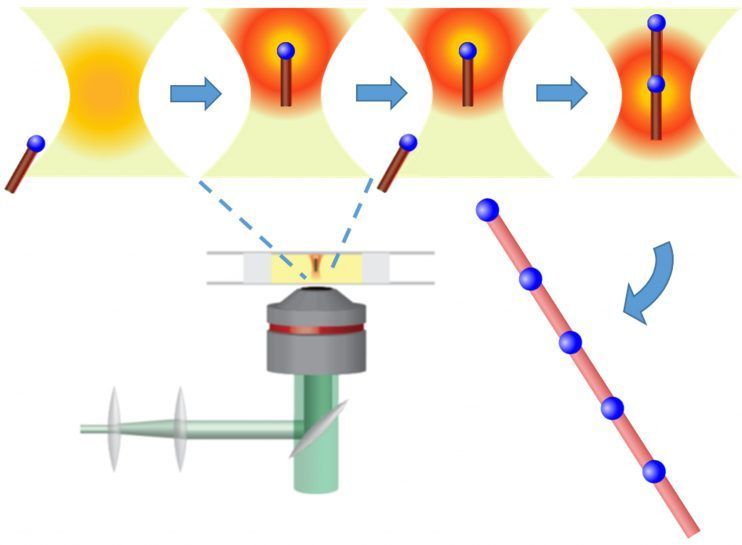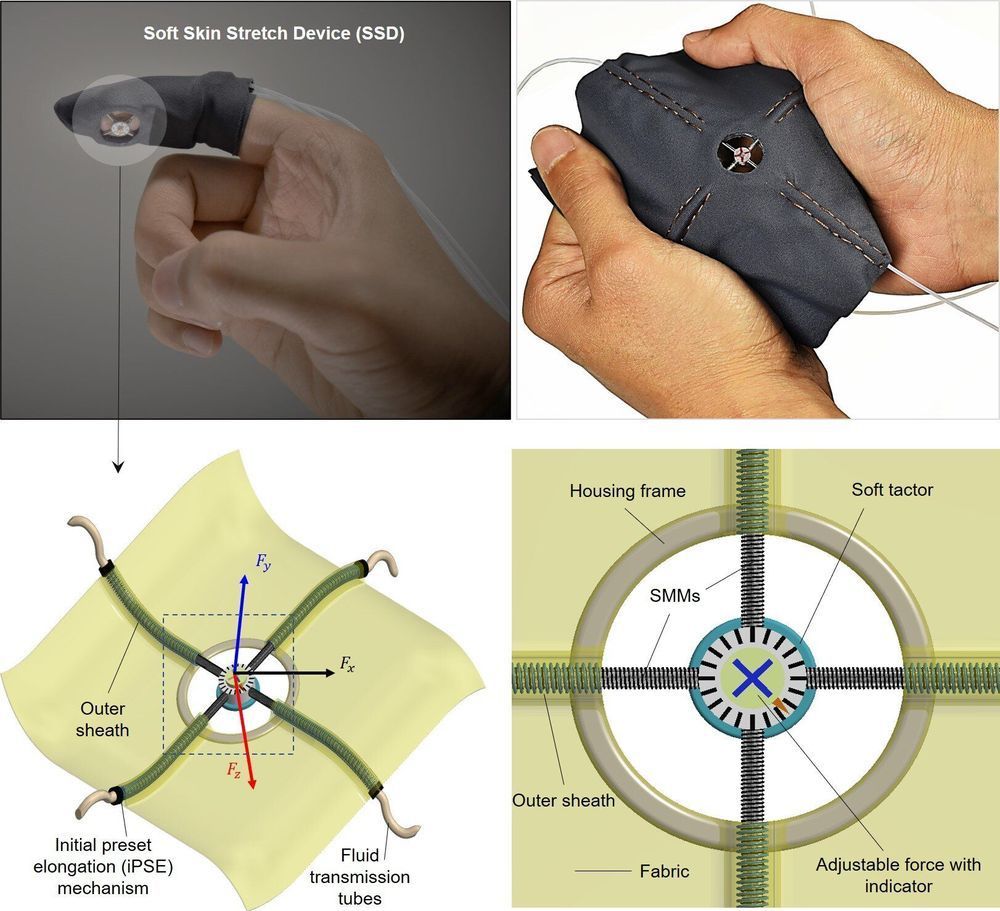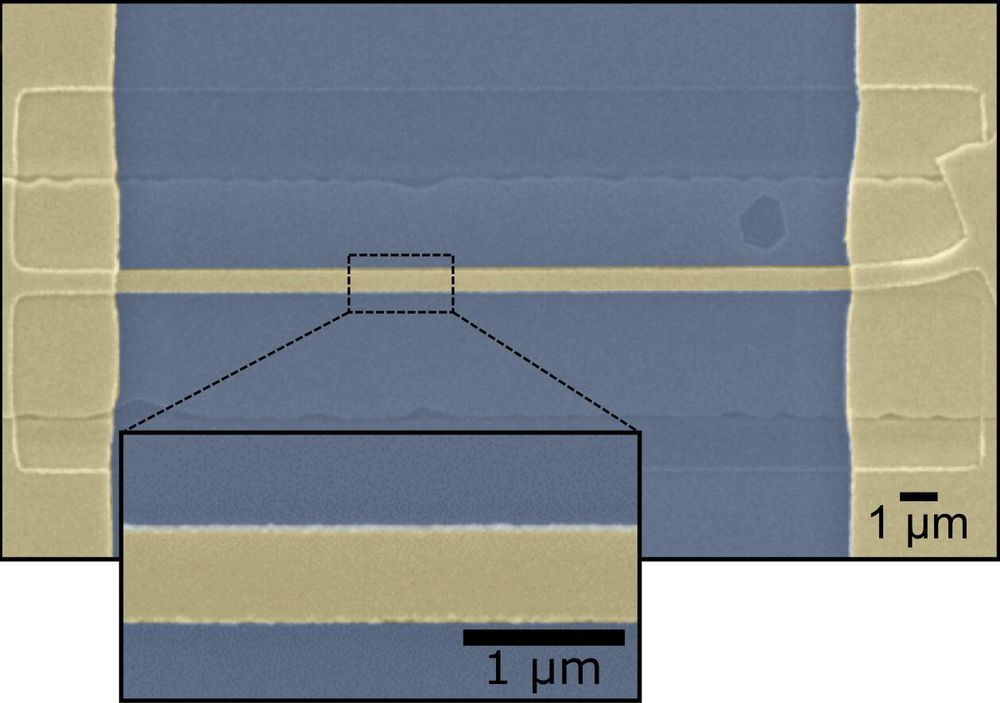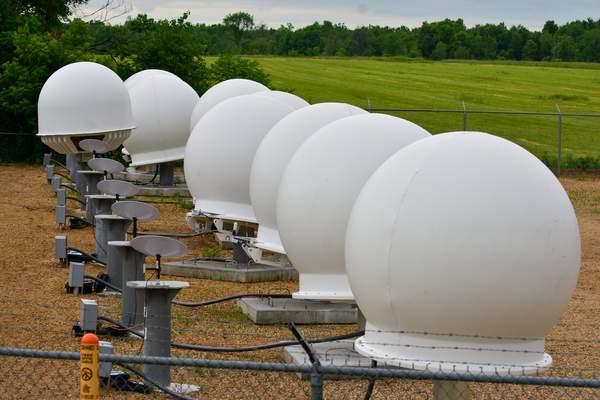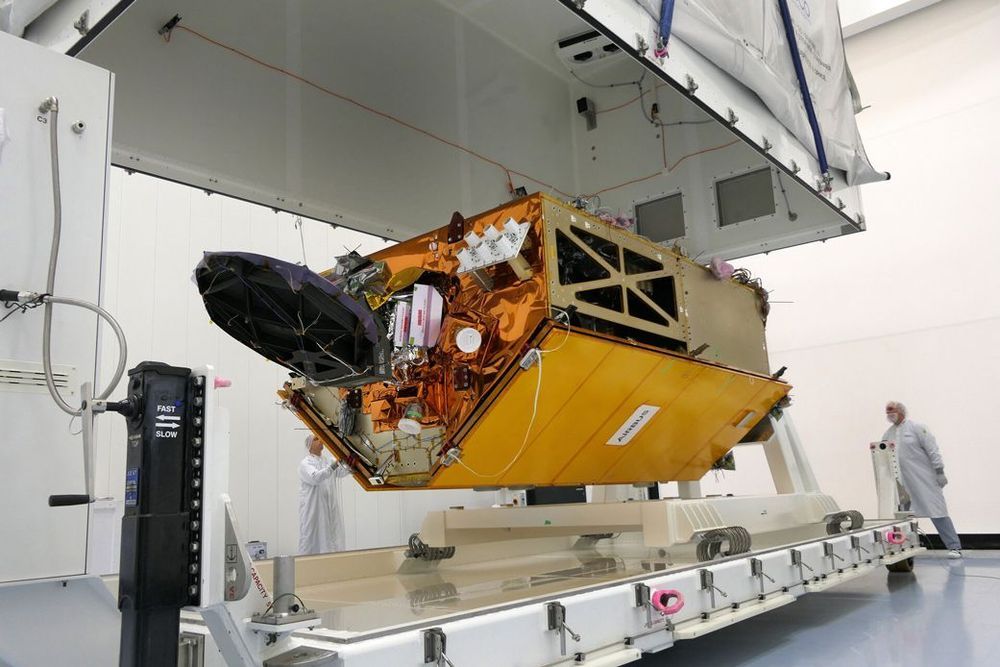Sep 16, 2020
Reforestation Drones Drop Seeds Instead of Bombs, Planting 100,000 Trees a Day Each
Posted by Quinn Sena in categories: drones, sustainability
We’ve had impressive efforts, such as India planting 66 million trees in a day, but that was a large-scale event, which required organizing millions of volunteers. It would be difficult to recreate something like that on a regular basis.
Luckily, a former NASA engineer has developed drones that can plant 100,000 trees per day each.
Multiply that by 165 drones, and we could easily fill the 6-billion-tree gap we face each year.
